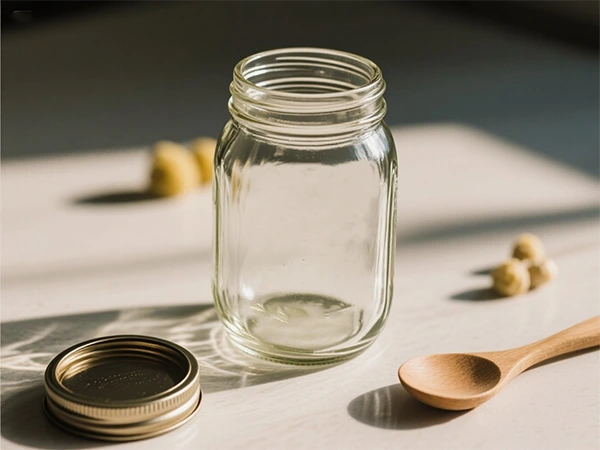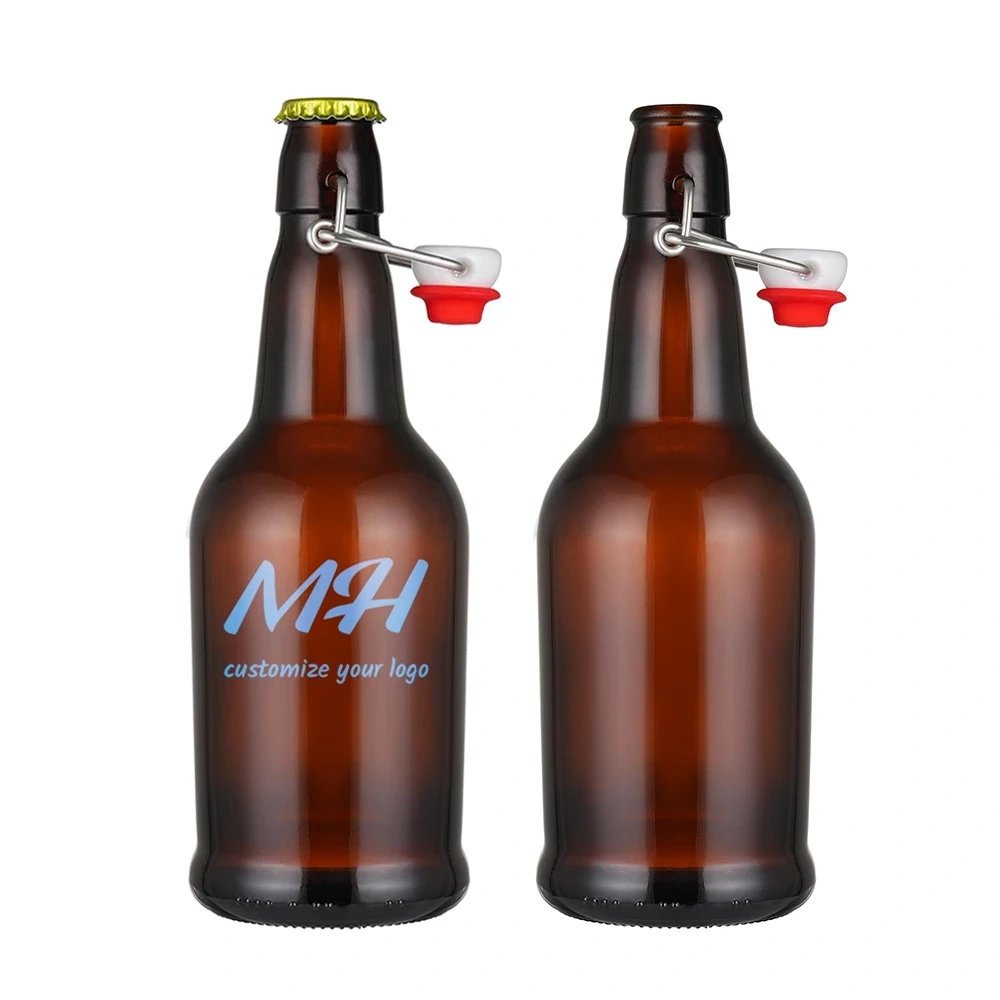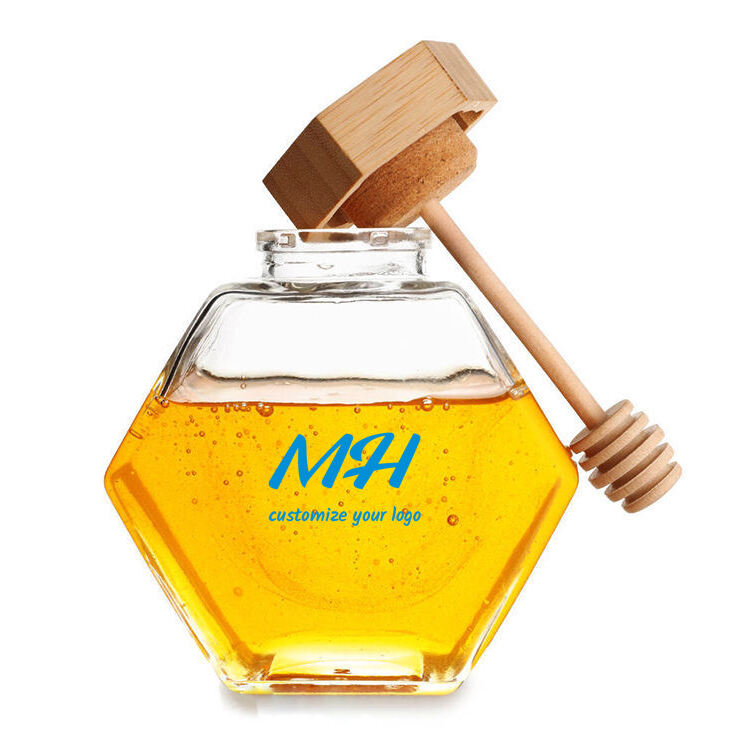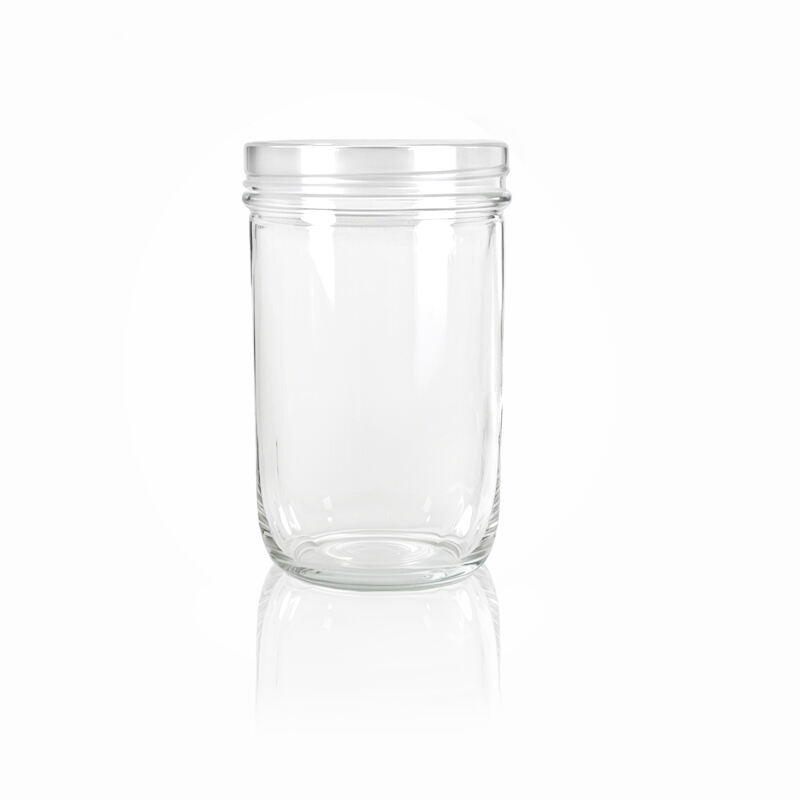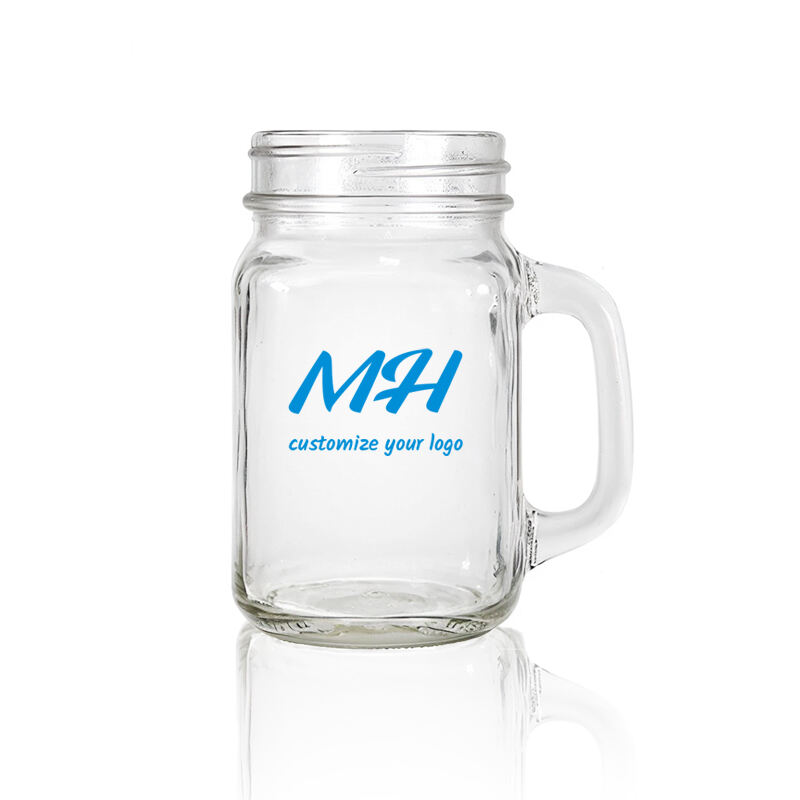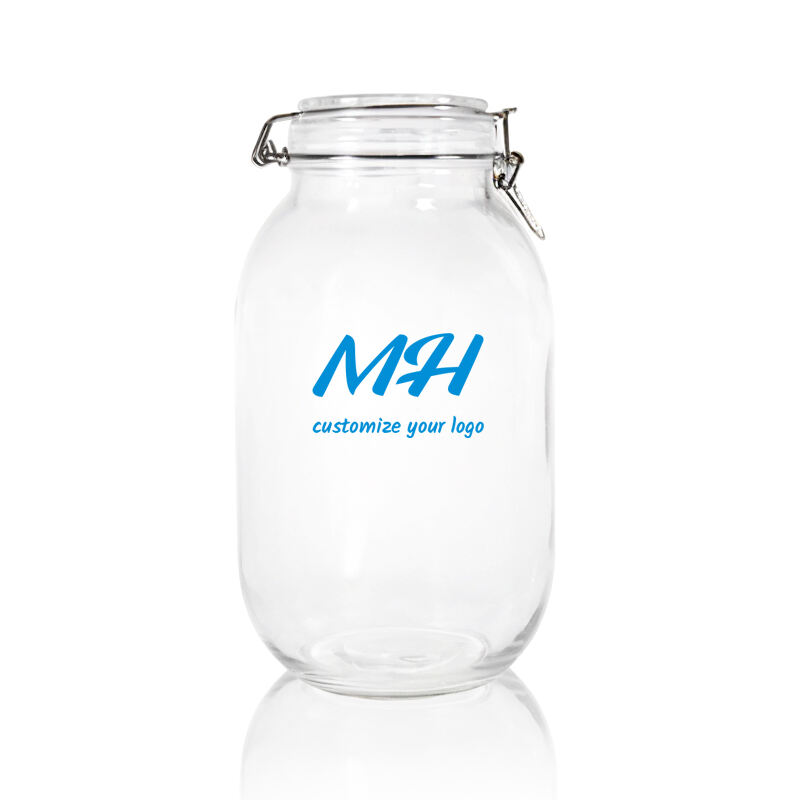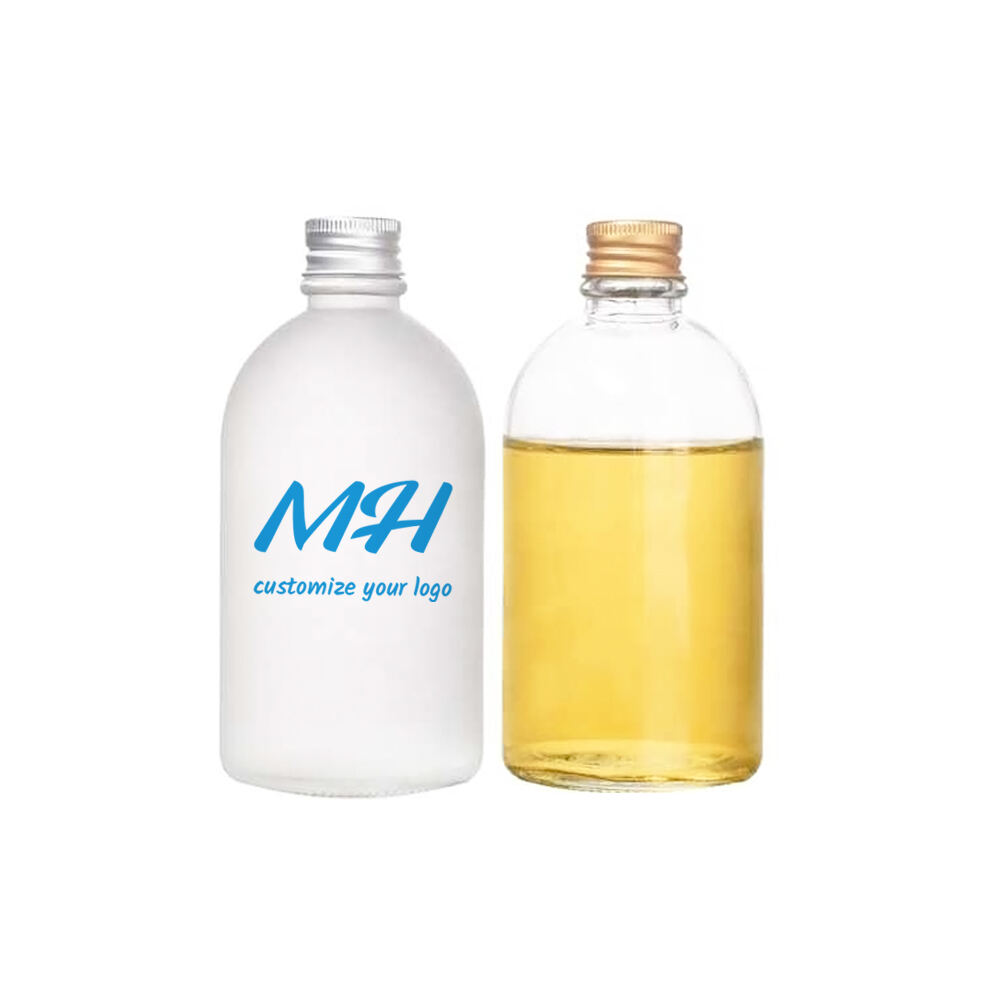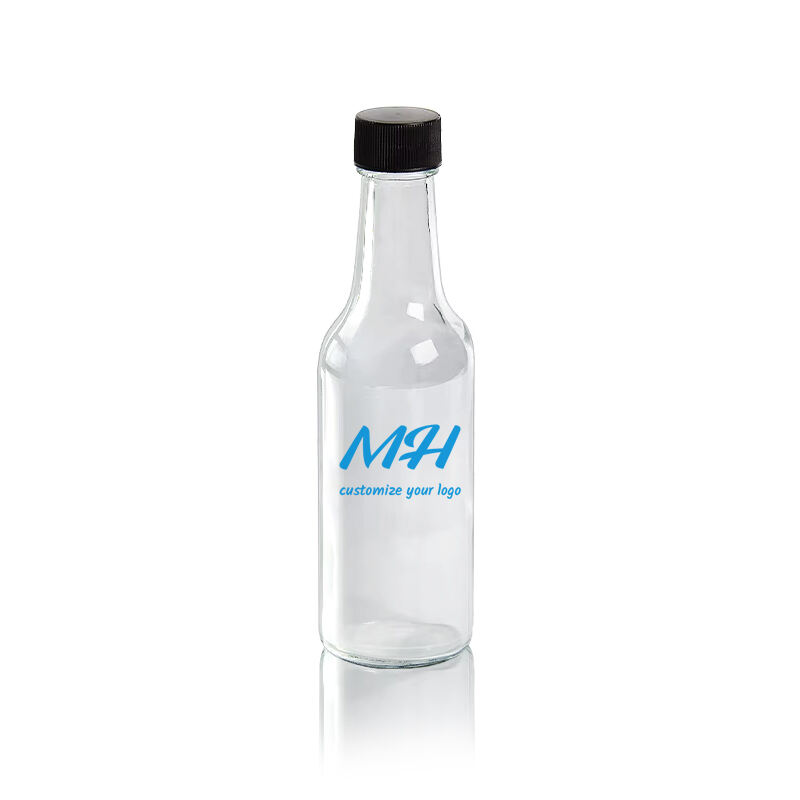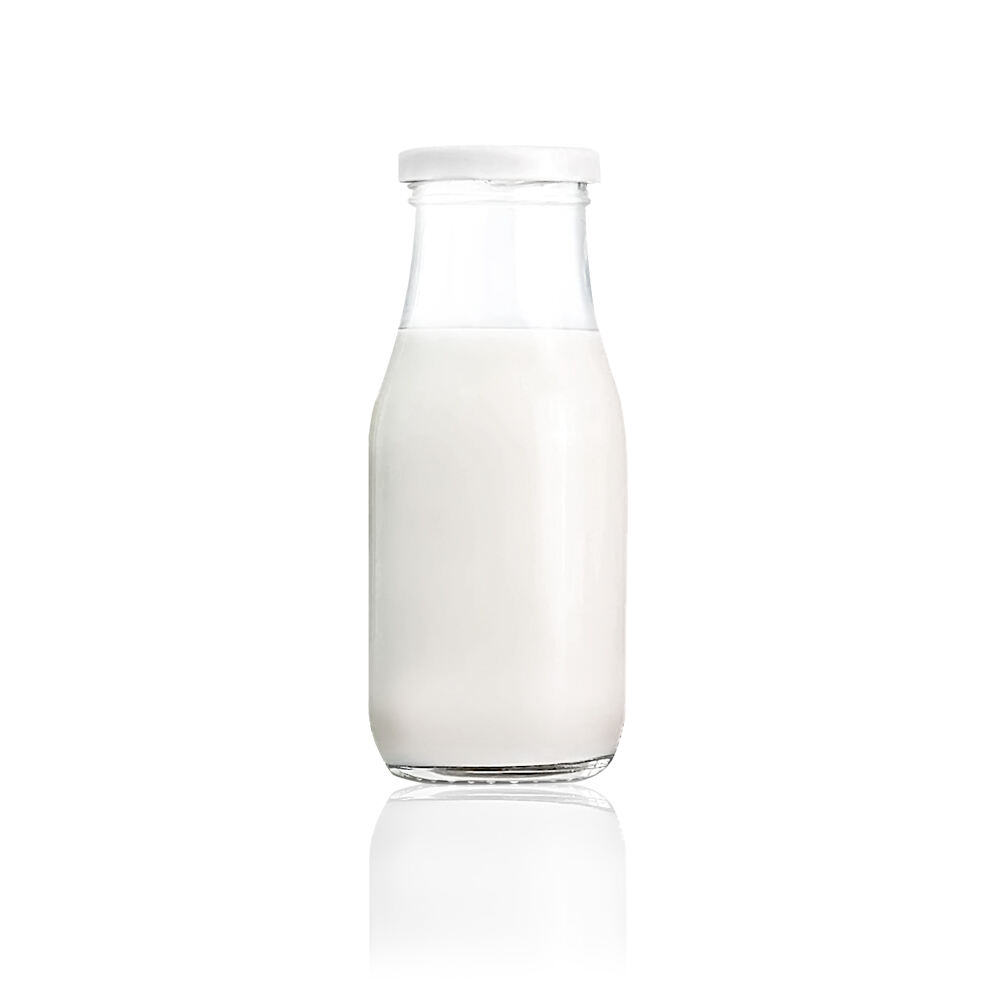Mason jars by Xuzhou Minghang Packaging Products Co., Ltd. are large, and have found their way into almost every home where they are considered a handy multipurpose tool. Functionally, they may be used for storage of homemade preserves and jams but the jars are also useful as trendy receptacles for drinks or as elegant ornaments. In the following sections, let us discuss the ways of selecting the right big Mason jars depending on size, material, type of lids, and purpose.
Understanding Different Sizes
The size of the big Mason jars is one of the first factors to evaluate when acquiring this product. Mason jars can be purchased in a number of sizes but the most common large sizes are quart (32 ounce) and half-gallon (64 ounce). The size that you want to select will depend on the usage you plan to put the hall into.
Quart-Sized Jars
The quart jars are suitable for use for storing pickles, salsa, sauces and other items that can be canned. They also are used in packaging of dry produce like flour, sugar and grains amongst others. In the same respect, quart jars by Xuzhou Minghang Packaging Products Co., Ltd. are also the best drinking cups for smoothies or iced tea and can also be used to carry salads in style.
Half-Gallon Jars
Half-gallon jars are good for storing a lot of food at the same time. They are a good choice when it comes to fermenting vegetables, storing a lot of dry food, brewing large volumes of kombucha and other drinks. These jars are also rather versatile and can be used for storing and decorating objects such as pasta, beans and even artists' accessories.
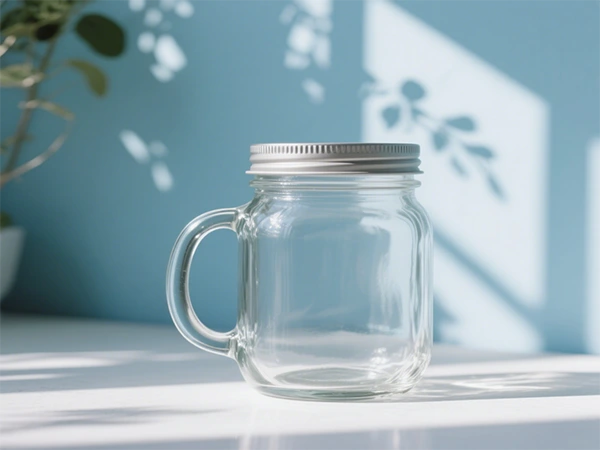
Material Matters
Originally, Mason jars are made from glass but it’s possible to find them made from other materials such as plastics and stainless steel. As at any other material, each of them has its strengths and weaknesses.
Plastic Jars
Mason jars made from plastic are portable and are made with practicability so that they can be used in outdoor events such as a picnic or a camping trip. They are also much less likely to break if dropped or have some other form of impact. The problem is that it retains odour and spills in the long run and may be made from dangerous chemicals unless the packaging is BPA-free.
Glass Jars
Glass is by far the most preferred material used in the production of mason jars and for right reasons that I will put across to you. It is non-porous that is why glass does not soak up odors or flavours which makes it very versatile for use. It is also dishwasher safe and more apt to endure heat and cold temperatures or climate conditions as well. Unfortunately, glass materials are fragile and can crack as soon as they come in contact with force.
Stainless Steel Jars
Another robust material for food storage is stainless steel jars by Xuzhou Minghang Packaging Products Co., Ltd. if you are particularly against jars that absorbed odor and stains. They are often pricier than glass or plastic but they are incredibly tough. Remember that you cannot have very clear see through as you would get with glass jars but it would suffice.
Types of Lids
It is important to know that your choice of lid types affects the usability of your big Mason jars in a big way. There are several types of lids to consider:
Two-Piece Lids
Two pieces lids are those that come with a flat round metal disc separate from an outer metal ring. This makes them suitable for use in canning since they offer an immense seal of the cans. They can, however, be a little inconvenient for a day to day use because you have to carry both pieces with you.
One-Piece Lids
Another type includes lids that fit the top of the jar tightly and are affixed to the body of the container by screws and bolts and are further classified by materials used whereby some are made out of plastic while others are made out of metal and since they are one piece in construction and they do not involve twisting of a round piece to join with another round piece before use , this type of lids are easier to use specifically for storage purposes. They are easy to use but cannot create a perfect seal that is required in long term storage or canning.
Flip-Top Lids
Now, flip-top lids work best on items that you will need to open more often, such as dry foods or candies. They allow easy access without you having to remove the lid till its tight hold is loose. These lids also feature a silicone seal to help keep food fresh for longer and stop it going off.

Intended Use
The last thing to look at when picking the big Mason jars is its purpose. It will assist you in defining what size, material and even a lid is the best to use for your purpose.
Food Storage
However, if you are going to be using the jars mainly to store and preserve food for example through canning you’ll need to focus on glass jars that come with two-piece canning lids. It is necessary to achieve the proper jar size for the sort of food product you are going to preserve.
Beverage Containers
When it comes to drink ware both glass and plastic jars should do nicely. Choose a larger capacity if you prefer a cup that is easy to grip and to drink from; lids that include straws or a sip opening will be easier to use.
Multi-Purpose Uses
For different would storing requirements around the house, from where one stores their art and craft materials to where one stores his bathroom items versatility forms the basis. Closures slightly larger than ¼-pint jars with one-piece lids or flip-top lids are usually the most versatile.
Decorative Use
If you are decorating the jars for the purpose of display, follow you own aesthetic decisions. Cutting the tops of the jars in clear glass is traditional and universal, but colored glass will also work. Using wide-mouth jars may be better for filling with a variety of decorative subject matter.
Conclusion
In determining the proper big Mason jars by Xuzhou Minghang Packaging Products Co., Ltd., size, material, kind of lid, and the purpose it will serve are what needs to be considered. In this way it is suggested that each of these factors be assessed to ensure that the jars which are subsequently chosen are most beneficial and suited to your requirements and in so doing improve both the utility of the jars and one's satisfaction with them.
 EN
EN AR
AR BG
BG HR
HR CS
CS DA
DA NL
NL FI
FI FR
FR DE
DE EL
EL HI
HI IT
IT JA
JA KO
KO NO
NO PL
PL PT
PT RO
RO RU
RU ES
ES SV
SV TL
TL IW
IW ID
ID LV
LV LT
LT SR
SR SK
SK SL
SL UK
UK VI
VI HU
HU TH
TH TR
TR FA
FA GA
GA LA
LA MI
MI MN
MN
